It doesn’t have a name, but it’s a style you’ll recognize right away.
Unexpected clashes of plaids, paisleys and polka dots. Layers of colourful jackets and vests for a day out, topped with a visor or beanie. Lanyards with keys and bus passes. Trolleys and luggage bags in tow.
It’s the eye-catching fashion of Chinatown seniors.
The style caught the eye of Andria Lo and Valerie Luu six years ago, and the duo began documenting the styles and stories of seniors who reminded them of their grandparents.
Their blog project, Chinatown Pretty, took them to the streets of San Francisco, Oakland, Los Angeles, Chicago, Manhattan and Vancouver, and their images have now been compiled into a book.
It’s an intimate portrait of a demographic that sought new life in North America and is now in its twilight years.
The immigrants and refugees interviewed are from places like China, Hong Kong, Vietnam and Indonesia. They raised children and grandchildren while doing everything from running a business to working at the local Tootsie Roll plant.
Some left academic life behind. Others left home in the wake of 20th-century upheavals. Many didn’t know English and had to pick it up after emigrating to the other side of the Pacific.
Now retired, these seniors have settled in various Chinatowns to live out the rest of their years.
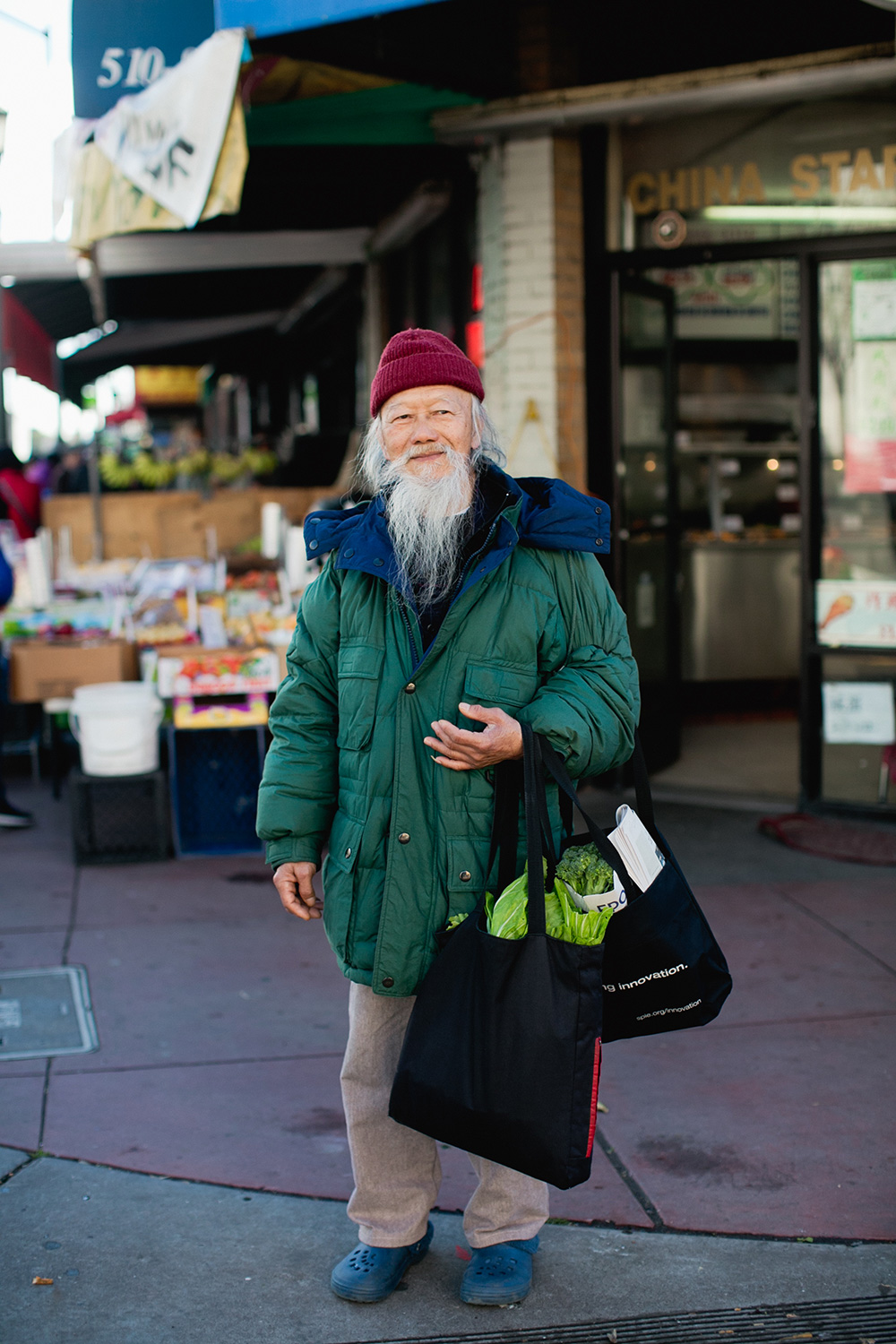
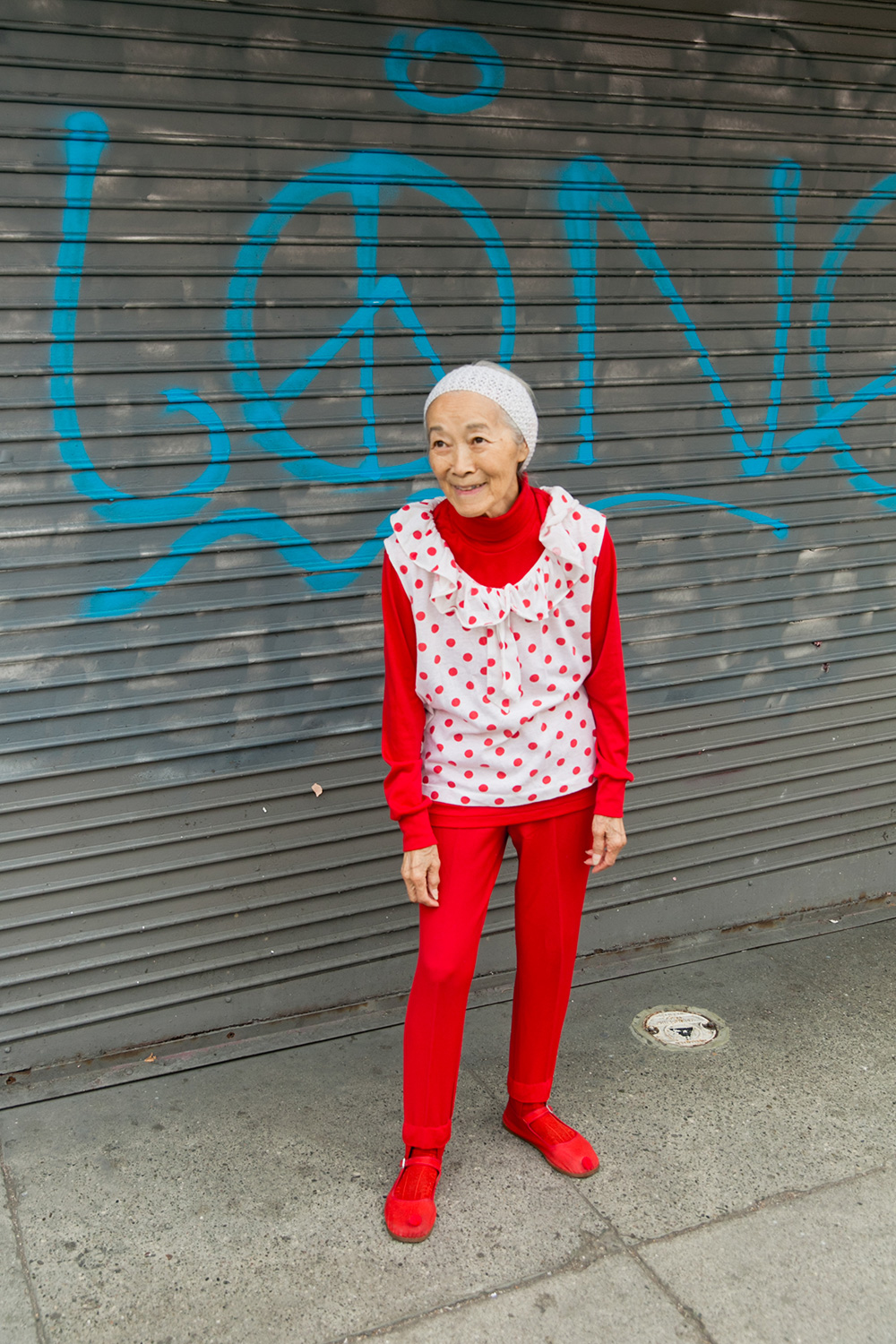
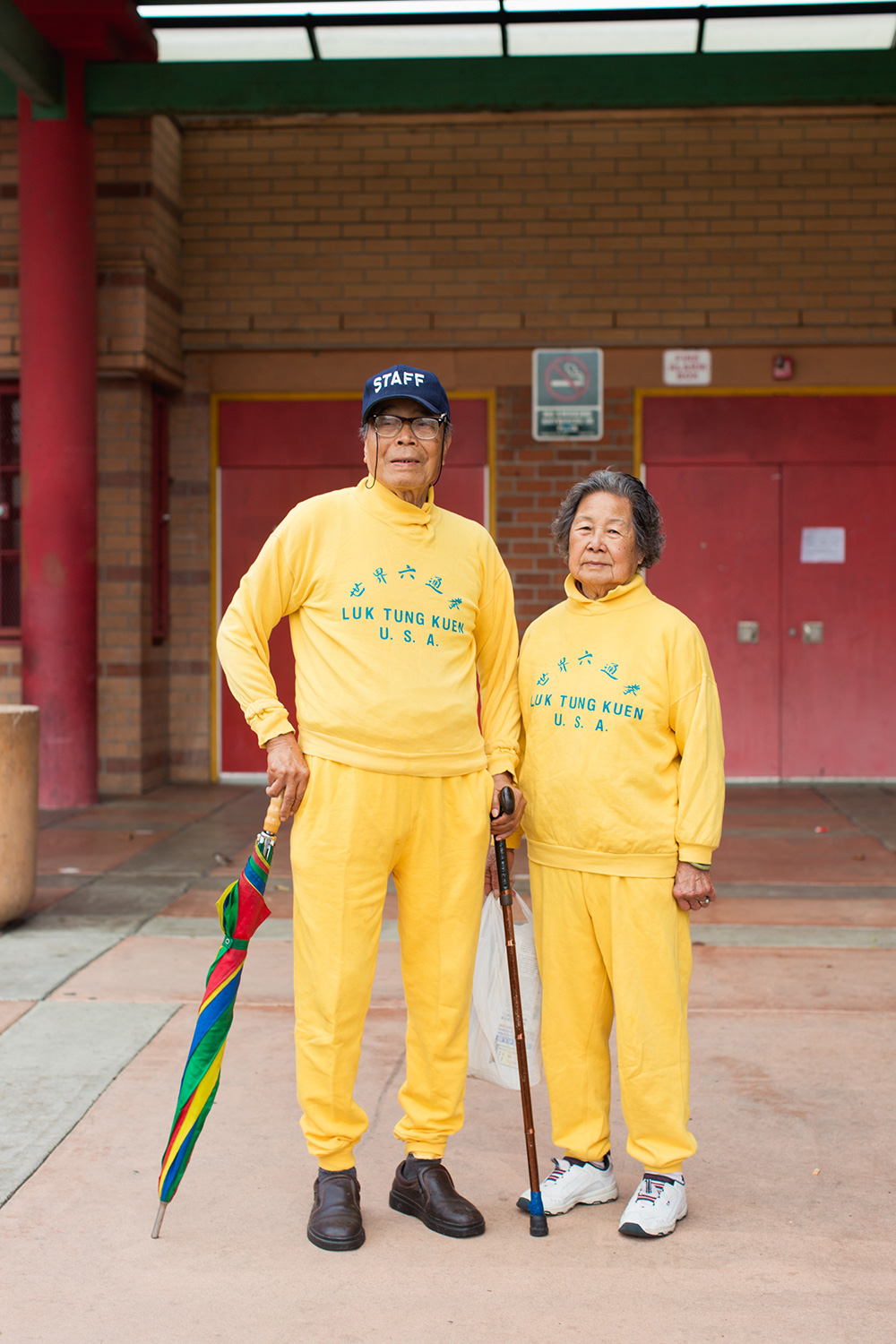
The first thing you might think when you see a Chinatown senior dressed in the signature pastiche is that it looks random.
In the book, one woman wears a pair of socks that say, “My favourite salad is wine.” Another has a shirt covered with mice dressed like Santa Claus.
My grandmother once told me that wearing bright clothing helps cars see you when you cross the street. Surely, the woman with the Christmas mice is the safest of us all.
“I knew there was something intriguing about it because of all the mix and match. There’s history in it,” Lo said in an interview. “We’d define it as a patchwork of different eras, patterns, colours and fabrics.”
Many items were bought in thrift stores or on discount. Mr. Ying, wearing a cap with Angry Birds on it, told the duo, “I don’t like this hat, but it was cheaper. I like cheaper.” He even coloured it with a Sharpie to make it closer to his taste.
There are handmade shirts and knits on display, with hidden pockets for cash and IDs. One man sewed an extra collar onto his jacket to keep himself warm.
Several seniors in the book worked as tailors and in textiles, either in Asia or the U.S. before manufacturing was exported overseas. They tweak their own clothes or make the perfect fit from scratch.
Reading the stories and scanning the outfits, you’ll see how each item is incredibly intentional.
“Mostly, it’s just what they have, and they make the best of what they have,” said Luu. “It’s not necessarily because it’s fashion forward, though we tell them what they’re wearing is special and really beautiful.”
Seniors with low incomes have to be thrifty. Sometimes the clothing is free. A 95-year-old in a Puerto Rico hat said he’s never been there but was given the hat by a travel agency.
Some incorporate used plastic shopping bags. And when they see something they love for cheap, they will buy a lot, like one woman who purchased 10 pairs of jade shoes.
They can’t buy too much, though because many live in small homes. They will wear what the own till it’s worn, which could be a very long time.
Some men sport custom suits so well made that they’re decades in the wearing: Macau or Hong Kong’s finest come to American streets. Kudos to them for staying so fit, like Mr. Chew, 96, who spills his secret to health: “Fresh veggies, ginger and fish.”
Perhaps the most important thing to realize about Chinatown style is the focus on function. (Remember those hidden pockets?) These seniors are well-adapted urban dwellers, and their weatherproof outfits are chosen for a day of activities.
For many women, elastic waistband pants are the way to go.
“They’re inhabiting the city in a really full way,” said Lo. “They join lots of things. They take the bus everywhere. They’re out in parks all the time, because they have small apartments. They’re out every morning grocery shopping, buying local and fresh.”
What may appear as a clash of colours and textures is often the art of layering up for a day out.
“Especially in San Francisco, where the weather changes every five minutes,” said Luu. “They’re prepared for the fog and the wind and the sunshine, so you’ll see sun bonnets, or they might turn their caps as they sun moves, so sometimes you get those sideways baseball caps.” (The likeness to rappers isn’t intentional.)
In the end, the story and ethos behind the outfits binds them into something seniors are proud of. “Joy and resilience,” said Luu.
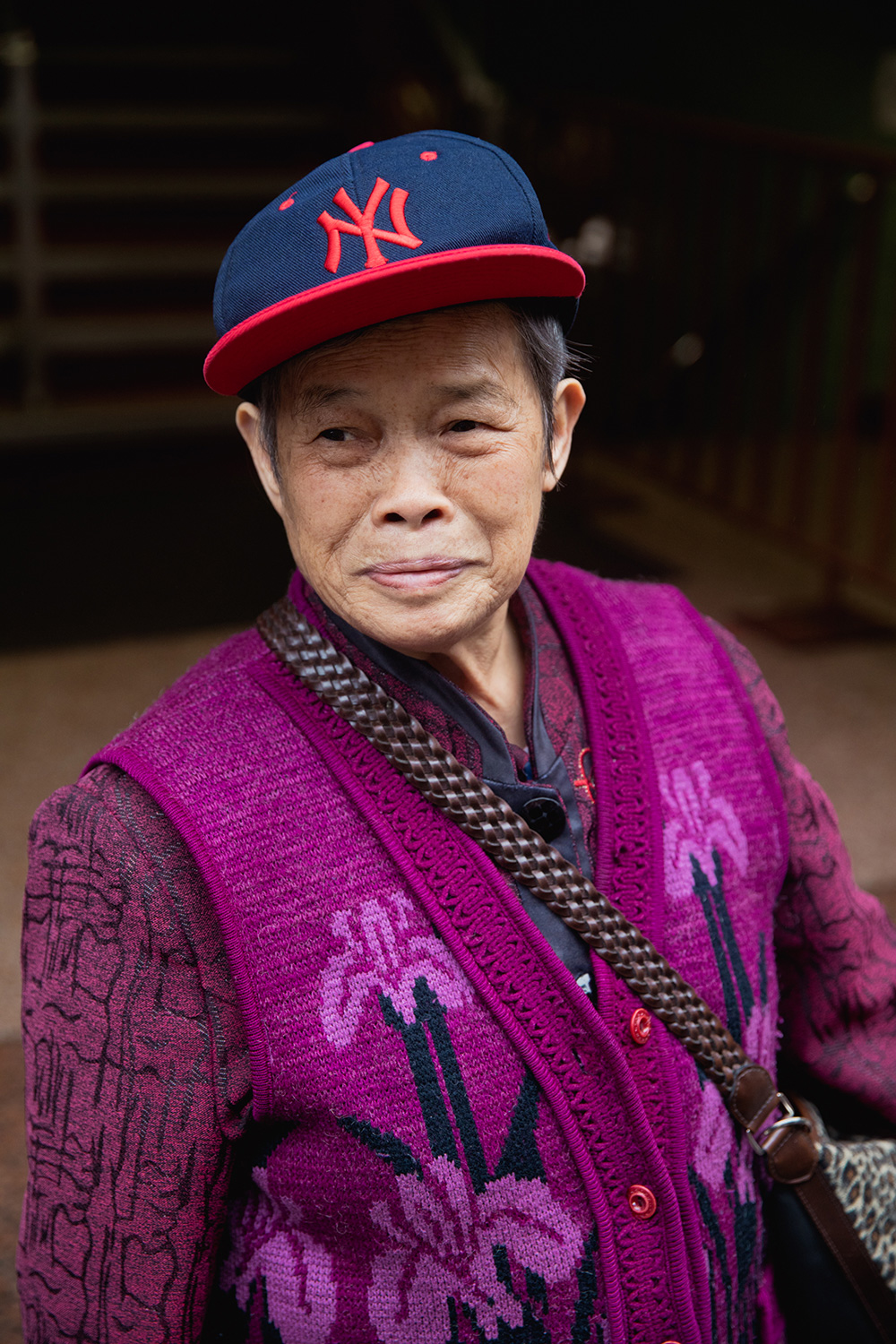
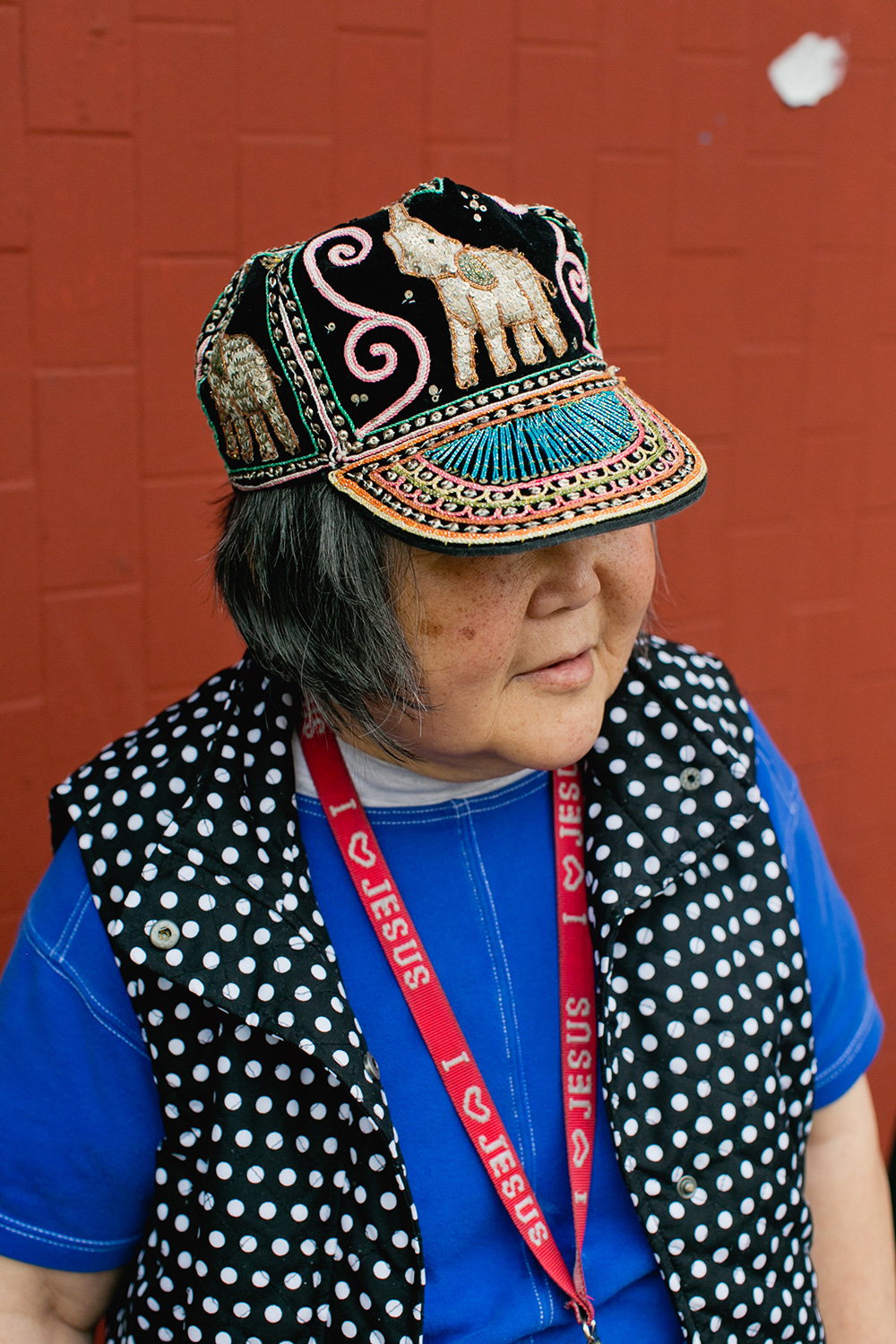
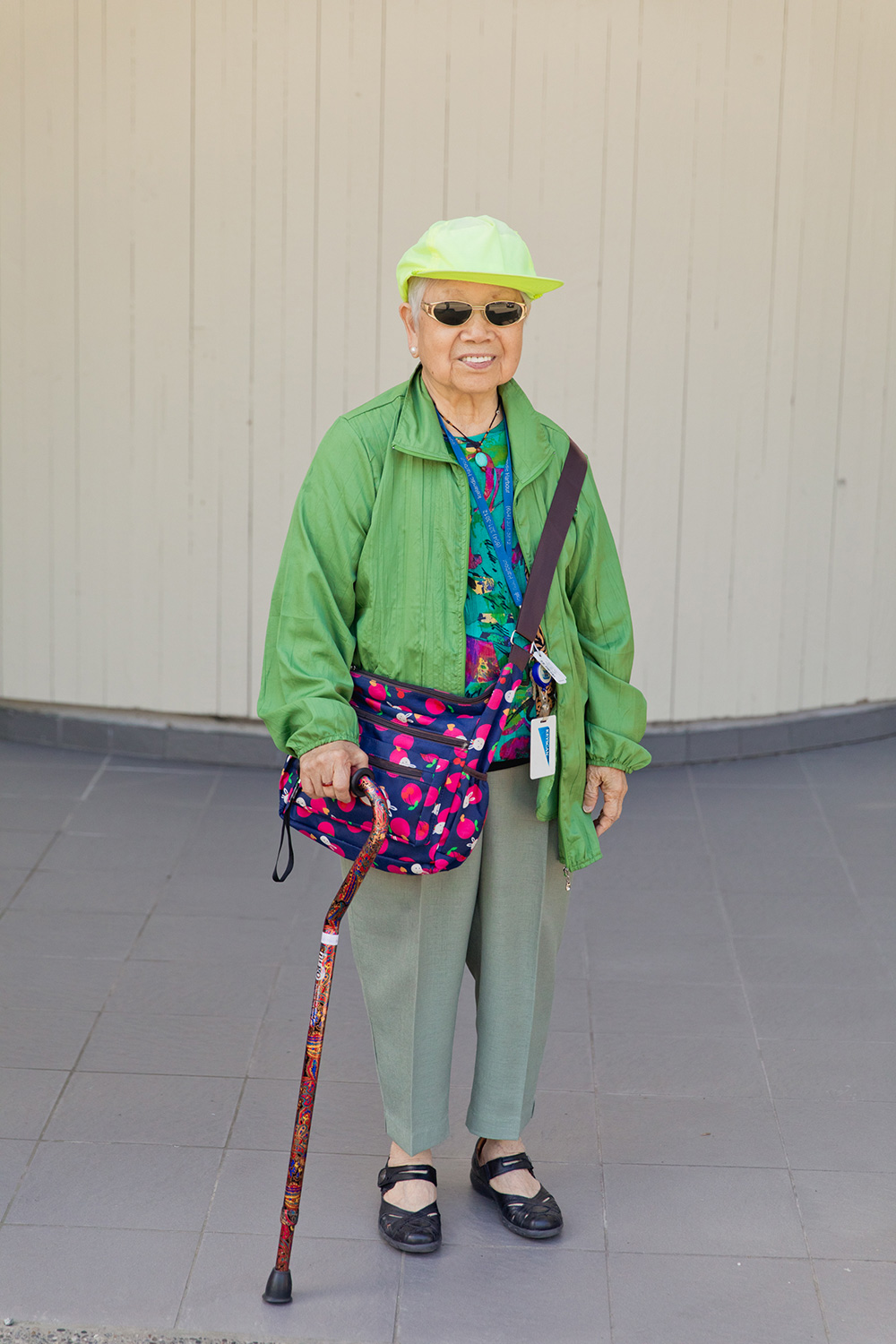
For some working-class families who settled near a historic Chinatown upon immigrating, their goal is to get out of the neighbourhood and move to the suburbs.
But for many seniors, Chinatown is not a place to ditch or discount as a tourist trap. Chinatown is home.
Not only is there seniors housing in Chinatowns across the continent, but also everything seniors could want from a neighbourhood: fresh produce, medical services, friends to see and activities from music to martial arts, all within walking distance and accessible in their mother tongue.
For Chinese seniors seeking independent living, there is still no better place, even as gentrification squeezes out the shops and services one by one.
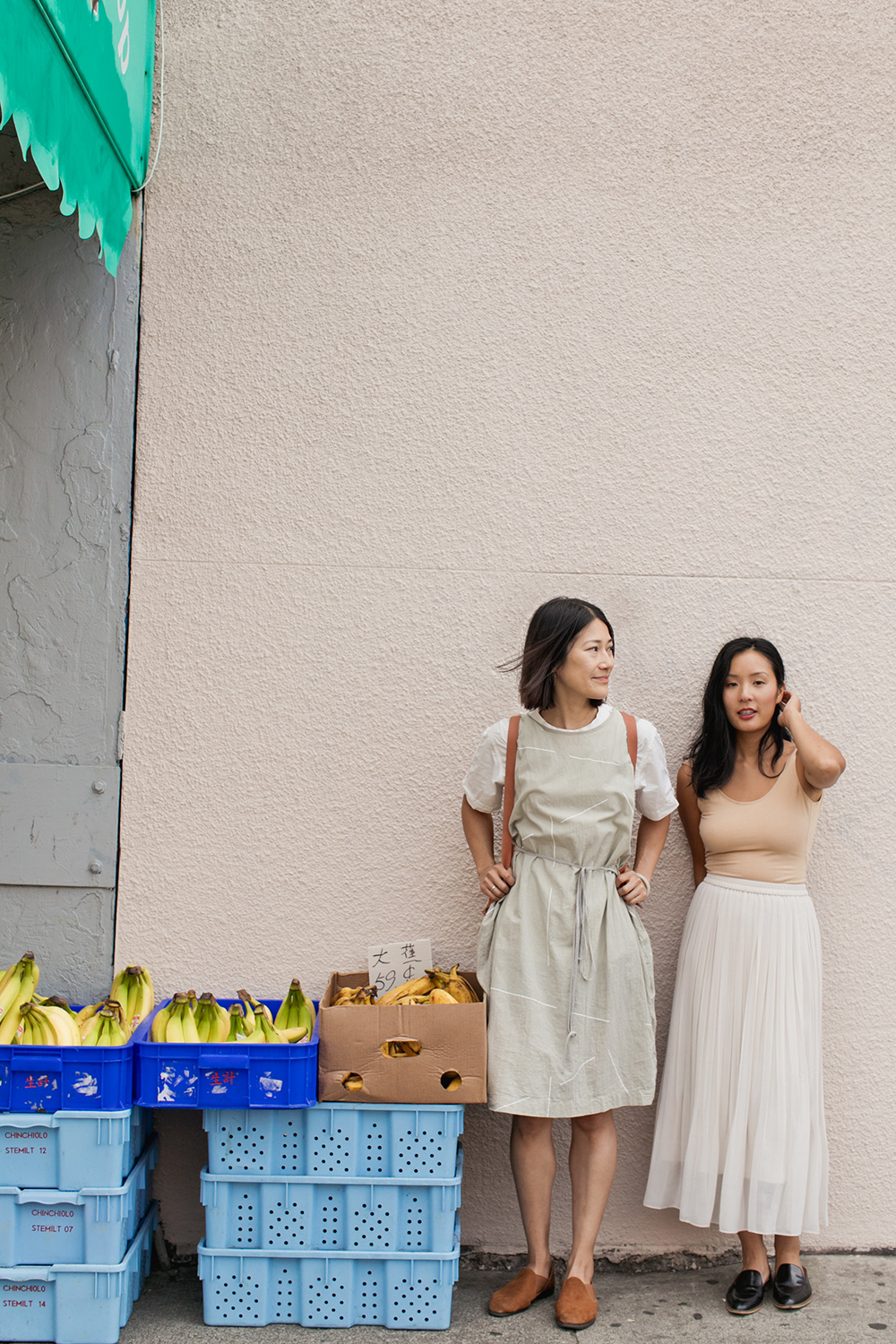
I’ve often seen photographs of these seniors described as “so cute!” Once, I spotted a photographer, not Chinese, lurking at the door of a lotto centre in Chinatown and occasionally sticking her camera inside to rapid-fire shots of the patrons inside.
I suppose this is one way of doing street photography, but it looked extractive and exotifying.
Instead, Lo and Luu carried out their project with a lot more care and collaboration. They will venture out in the morning to catch the morning liveliness of the neighbourhood, when the veggies are out, the dollar coffee is hot, and seniors gather in parks for tai chi.
If they spot someone in a fetching outfit, they’ll try to chat them up. A translator usually tags along to help.
The vast majority of seniors say no to a photo, which is a testament to the many stories that have been collected in the 224-page book.
From jewelry to fabrics, wrinkles to silver hair, the portraits are captured warmly in loving detail thanks to the duo’s commitment to connection. It’s a treat for readers to be able to meet these people and admire their urban uniforms up close because the portraits, while posed, are still serendipitous snapshots.
The seniors can’t stop for too long. They’re off after the interview — to church, to the market, to meet a friend, to the pool for a swim. This is Chinatown, and there’s a lot to do.
You can tune in to Andria Lo and Valerie Luu’s virtual book tour for 'Chinatown Pretty' here. ![]()



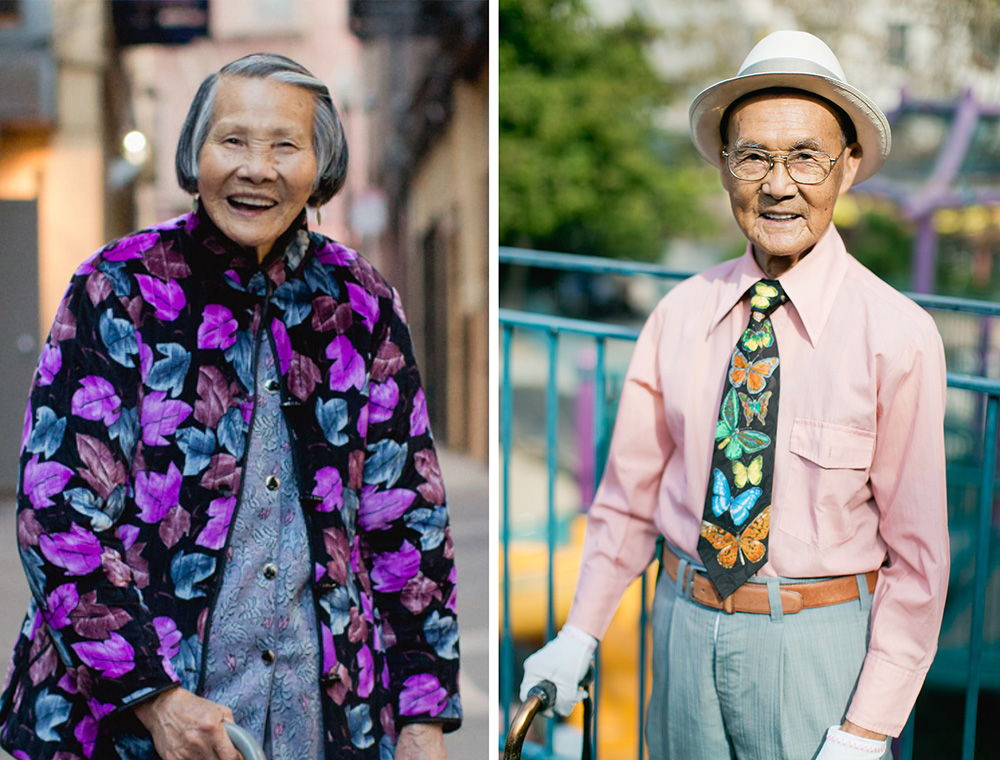

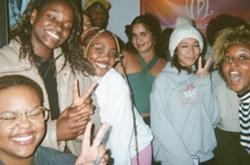



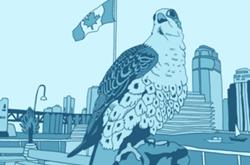


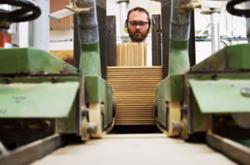


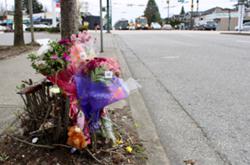
Tyee Commenting Guidelines
Comments that violate guidelines risk being deleted, and violations may result in a temporary or permanent user ban. Maintain the spirit of good conversation to stay in the discussion.
*Please note The Tyee is not a forum for spreading misinformation about COVID-19, denying its existence or minimizing its risk to public health.
Do:
Do not: